Projects
Our group participates in several international collaborations by contributing a broad range of expertise in observations, data analysis, survey planning, software development and theoretical interpretation. An overview the various projects that members of our group are involved in are published on these pages.
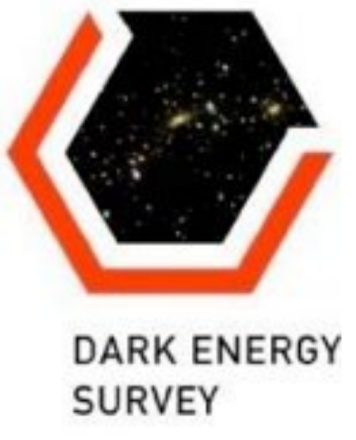
Dark Energy Survey
The Dark Energy Survey (DES) is a major new astronomical survey specifically designed to measure the expansion history of the universe to high precision, thus uncovering the nature of the dark energy which is driving this ever-accelerating expansion. Coming online in 2013 and utilizing 525 nights across 5 years, the survey will map over 5000 square degrees of the sky, detecting over 300 million galaxies.
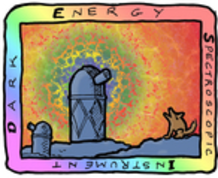
DESI
The Dark Energy Spectroscopic Instrument (DESI) will measure the effect of dark energy on the expansion of the universe. It will obtain optical spectra for tens of millions of galaxies and quasars, constructing a 3-dimensional map spanning the nearby universe to 10 billion light years.
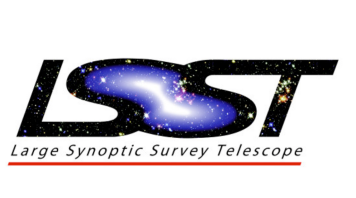
LSST
The goal of the Large Synoptic Survey Telescope (LSST) project is to conduct a 10-year survey of the sky that will deliver a 200 petabyte set of images and data products that will address some of the most pressing questions about the structure and evolution of the universe and the objects in it.
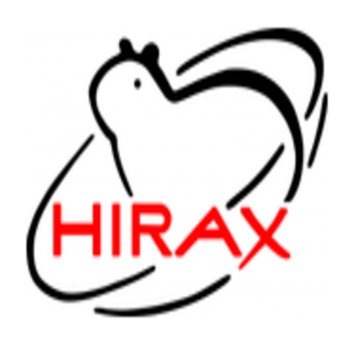
external pageHIRAXcall_made
The Hydrogen Intensity and Real-time Analysis eXperiment (HIRAX) is a radio interferometer array project under construction in South Africa. The project is an international collaboration with 24 partner institutions and is an official guest instrument on the Square Kilometre Array (SKA) South Africa site. The completed experiment will consist of a compact array of 1024 radio telescopes with each dish measuring six metres in diameter. These dishes are instrumented with dual polarisation feeds operating between 400 and 800 MHz. With its planned 4-year survey, HIRAX will achieve its science goals by mapping neutral hydrogen emission over a 15,000 square degree area of the southern sky between redshifts 0.8 and 2.5. This survey will enable the study of the evolution of dark energy through hydrogen intensity mapping, provide a sensitive probe of transient radio sources including fast radio bursts and pulsars, and yield a number of additional cosmological probes through cross-correlation studies with other cosmological surveys in the southern sky.
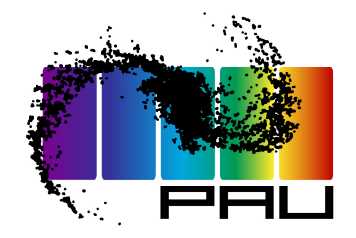
PAU
The evidence for an accelerated expansion of the universe has created a crisis in our understanding of the universe and the fundamental laws of physics. PAUS will shed new light into the Physics of the Accelerating Universe by providing accurate and complete redshift characterization for millions of galaxies.
